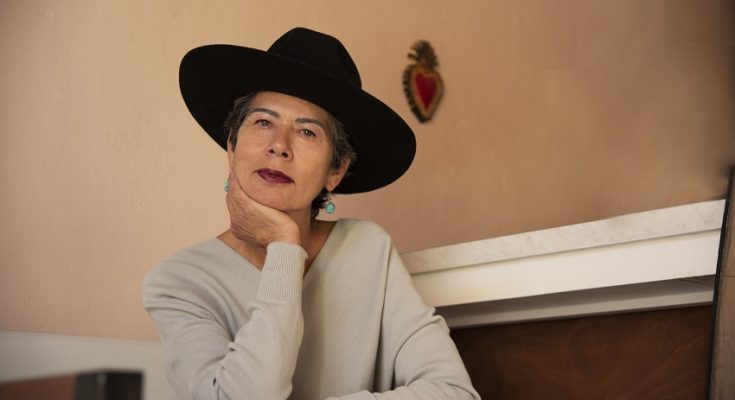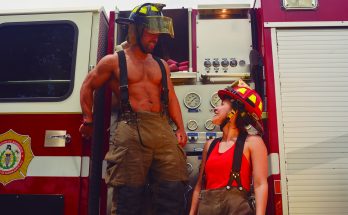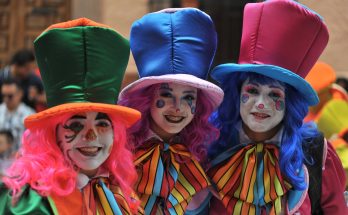By Valeria Ascencio
“I always thought that by the time I was 45 I should have a place to call home. I looked for a place where I could have a quality of life that makes me feel like part of the place, where I could develop not only professionally, but comprehensively. Jokingly, I always said that we have to go back to the scene of the crime,” Lorena Zedillo says with amusement. She is referring to the state of Guanajuato, where her mother’s family is from. It is no secret that Lorena is the sister of former Mexican President Ernesto Zedillo (1994-2000), but she is careful to make it clear that she has always worked. Lorena is a museologist –someone whose profession is the science of museum organization and management. Since the 1980s she has been dedicated to converting urban spaces into cultural centers, with a focus on using them as museums, public libraries, and recreational centers for informal education.
Forming teams
“In this type of work, multidisciplinary teams are formed, which makes it a very enjoyable activity. One of my most emblematic projects has been the Museum of ViceRegal Art in Puebla (now the San Pedro Museum of Art), where I had the opportunity to work with master museographer Iker Larrauri. He served as museographer in that project, along with Jorge Agustoni, at that time president and director of Museográfico, a company dedicated to the planning, design, and realization of museums and exhibitions. Larrauri, worked with us in adapting the use of the building, which had previously been a hospital, a fire station, a truck station, and a tennis court…in short, it had had a lot of uses. You clean it, reintegrate it, restore its dignity and then turn it into a museum; it was a very interesting job. Construction on the structure started in the 17th century, and the last addition was at the beginning of the 20th century. This was one of my most satisfying projects. The teams were critical, but the process made me feel that I could continue [this work], that I already had a dependable network I could count on to develop the projects that came my way. One does not do anything in life alone. I believe that with this project I graduated, so to speak. In Mexico there is no museology career, at most it exists as a specialty. But I got my doctorate working on Manuel Felguerez’ sculpture, Crisálida. As a teacher, Felguerez (1928-2020) dedicated almost a year of his life to educating me. Crisálida was inaugurated at the Rufino Tamayo Museum and from there we took it to Puebla. Since then it has been in several locations.”
Full integration
Lorena continued, “I think people are always in search of something more, and San Miguel de Allende has something magical. I joke that the attraction is magical-musical. Some say the attraction is because there is a vein of magical stone under our feet, others say that there is a lot of water, others because of mining. And I think it is magical. There is a total integration [here]. We know that we need each other economically, socially, and culturally. That allows you to reinvent yourself, because you always have the opportunity to meet someone interesting, someone with more experience than you, someone who has dreams to fulfill –and that always has a pull. It’s what we need to proceed. To reinvent yourself every day.”
Museology and news
Lorena is currently developing three exhibition projects. Creating museums requires very high levels of investment. “You are working from a very simple or simplistic perspective. The museum exhibitions that the current national administration is undertaking, from my point of view, leave a lot to be desired. There is no integration of thematic scripts, and the search for the collections has been very limited for the same reason: the high cost of developing projects of this type. In the 19th century, museums exhibited on walls with very basic lighting systems. From that time until now, 15 generations have passed. Now objects can be observed from a total three-dimensional stance, and the lighting and the exhibition forms have changed a lot. Yes, there are new spaces, but all the strength and research that was used is being put aside for sensationalism. I really don’t feel very comfortable with this. I haven’t been able to transition to that level. I think I have remained like in generation 12, where the base was scientific.”




